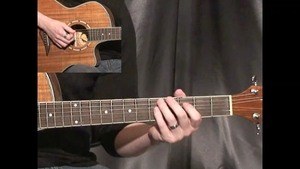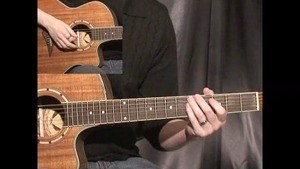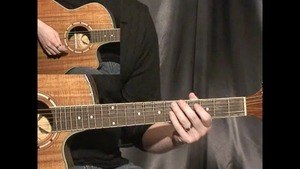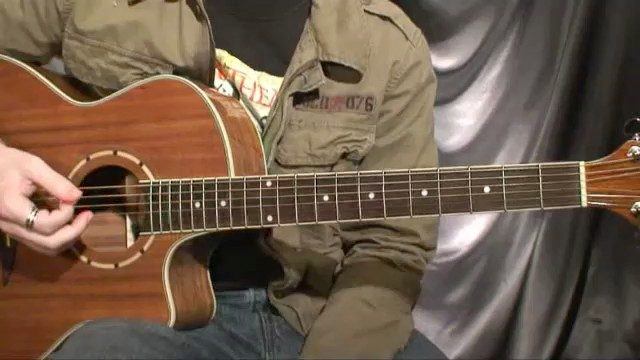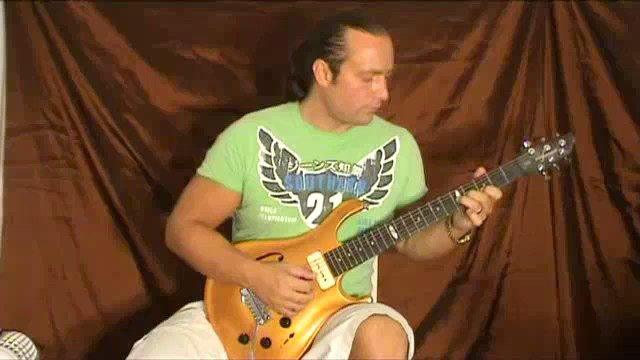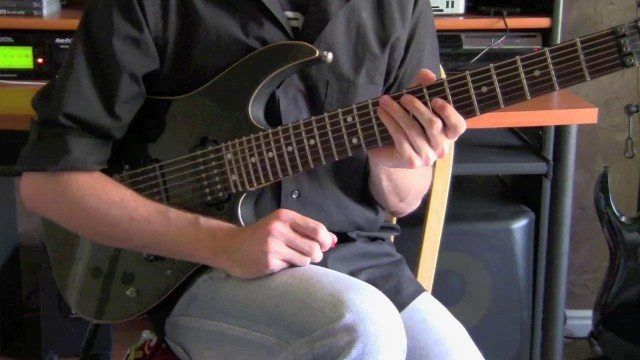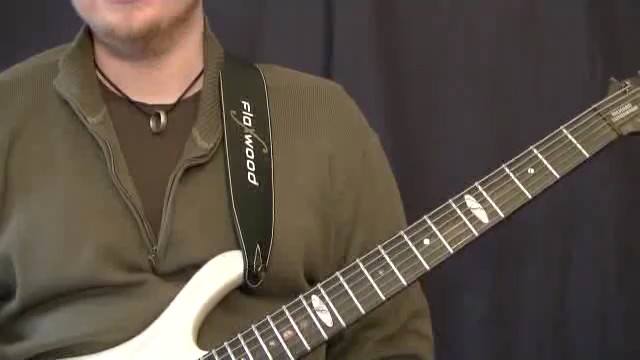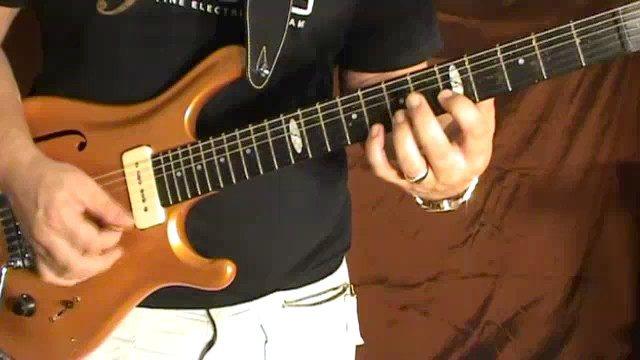Welcome!
In this tutorial, we're going to explore a technique I call "Pedal Tone Legato". This is a classically-influenced technique that combines different elements of legato and pedal tones.
Before we learn the technique, let's make sure we understand what legato and pedal tones are. Legato is the smooth transition between notes, usually attained by techniques such as hammer-ons, pull-offs, and slides. Pedal tones are notes that are inserted between the notes of a melody.
As said before, this technique definitely has a classical feel to it. The musical founding fathers frequently used pedal tones throughout their music. Pedal tones can add a huge amount of texture to a melody. If you listen to the Bach example I play in the video, you can hear that the melody sounds much more colorful with the pedal tones. Without the pedal tones, that particular melody sounds a little bland. So ultimately, pedal tones can add a very nice element of context to melodies, so every guitarist/musician should have a good understanding of them.
Throughout the exercises in this tutorial, we're mainly going to be playing triplets, and each pattern will usually have a grouping of 6 notes. If you look at the tab below, you can see that there are 6 notes in total that span over two beats in a measure. So when you play these exercises, do your best to count out loud: "One Two Three Four Five Six" etc. This will help you make sure your timing stays even.
Lastly, you'll also want to be aware of the many hammer-ons and pull-offs that originate from "nowhere" in these exercises. That simply means that the note prior to any hammer-on or pull-off is on a different string, so the hammer-on or pull-off needs to be executed by itself on a particular string. To help indicate where the hammer-ons and pull-offs are in the tab, I added an "h" for hammer-ons, and a "p" for pull-offs.
Once you are completely comfortable with this exercise, head on over to the next lesson!


